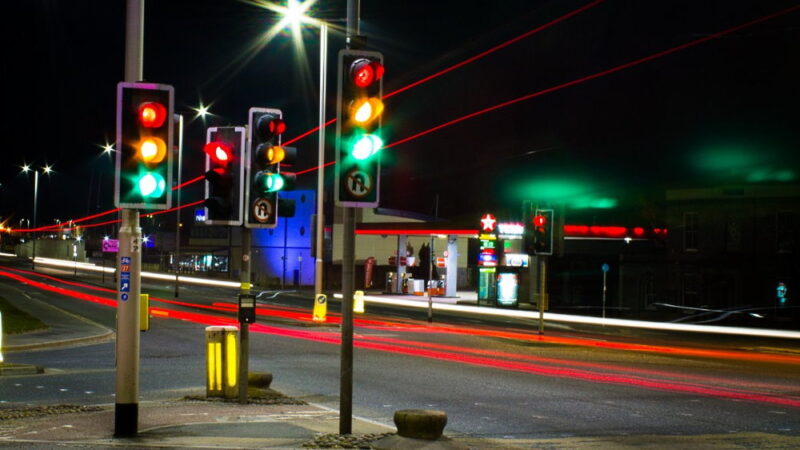International Traffic Light Day highlights the vital role traffic lights play in our everyday lives. These simple yet powerful devices have significantly improved road safety—we can’t imagine modern traffic without them. And like all great inventions, they deserve their own day of recognition.
History
The first traffic light in the United States was installed on August 5, 1914, in Cleveland, Ohio. Its predecessor was introduced in London in 1868. Early models featured only two lights—red and green—and used sound signals to warn drivers.
As automobile use expanded and traffic grew denser, new systems were needed. In 1920, the yellow signal was added to serve as a warning between the red and green phases—a format still used today.
To keep traffic flowing efficiently, it’s not enough just to install lights; they must be properly timed and synchronized. Managing this balance is a complex task in urban planning.
Interesting Facts
- Japanese traffic lights used shades of blue instead of green for many years, due to linguistic and cultural reasons.
- India experiences some of the worst traffic congestion among major global cities.
- There’s a growing trend of combining color and sound signals to help those with visual impairments navigate traffic safely.
- In Rio de Janeiro, it’s legal for drivers to ignore red lights at night in certain areas to avoid potential carjackings.
How to Take Part
Learn more about the fascinating history of traffic lights and how they work. Teach children how to recognize and understand the signals—it’s a great opportunity for a practical safety lesson.
You can also spread awareness by posting interesting facts or traffic trivia on social media using the hashtag #TrafficLightDay.
When is International Traffic Light Day in 2025?
International Traffic Light Day is observed on August 5 each year.
Observations
| Weekday | Month | Day | Year |
| Tuesday | August | 5 | 2025 |
| Wednesday | August | 5 | 2026 |
| Thursday | August | 5 | 2027 |
| Saturday | August | 5 | 2028 |
| Sunday | August | 5 | 2029 |




